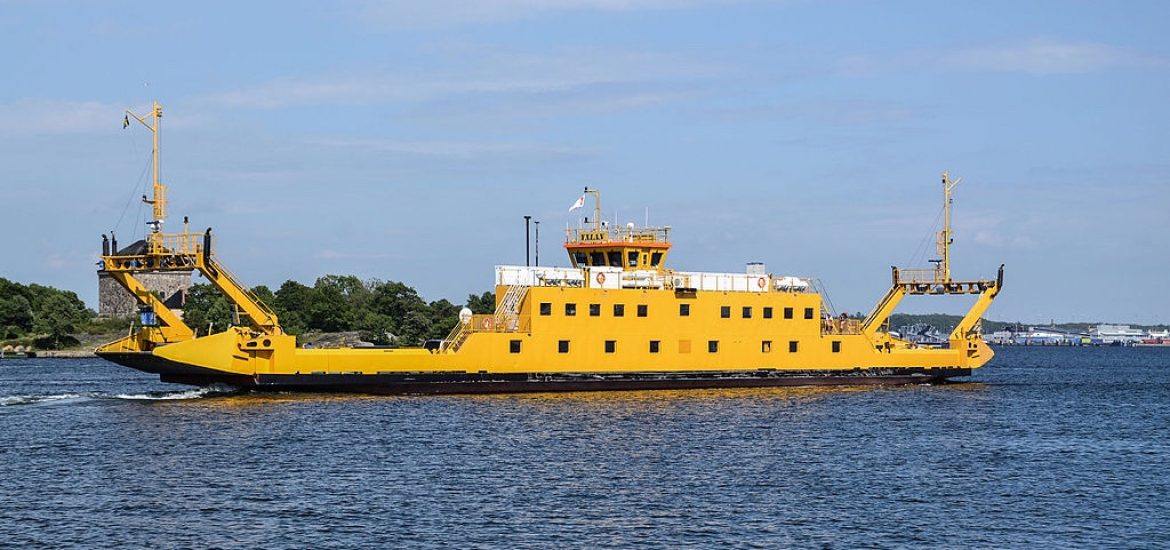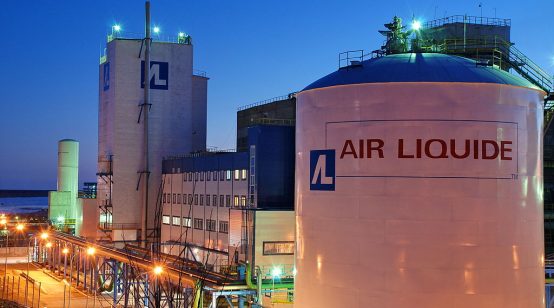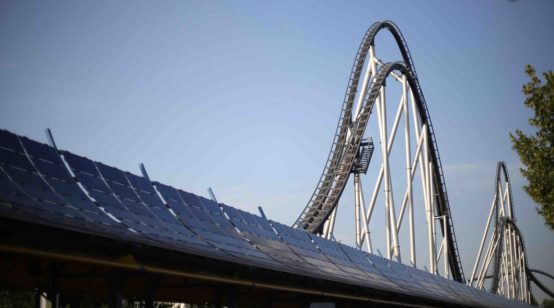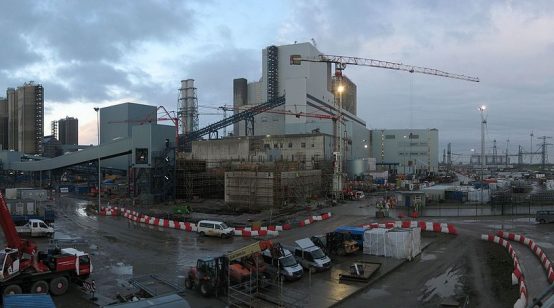
The manufacturer Danfoss Editron has equipped Sweden’s largest hybrid-electric car ferry, which is soon due to begin operating.
The ferry can carry almost 300 passengers and 80 cars on the almost 2km Gullmarsleden link between Uddevalla and Lysekil.
The Tellus ferry will mainly operate on fully electric mode, helping the Swedish authorities achieve the target of becoming fossil free by 2045. The 100-metre vessel will be serving on one of Sweden’s busiest maritime routes, with over 100,000 vehicles crossing per month, the majority being lorries.
The Estonian shipyard Baltic Workboats and Danfoss Editron delivered the propulsion system with a lightweight electric powerplant connected to the 12 battery-racks provided by Corvus batteries, with a capacity of 949 kilowatt-hours.
In addition to controlling the ferry’s propulsion, the Editron load control system automatically supervises the power plant and ensures fuel consumption is optimised, even when the new ferry is not operating on fully electric mode. When in hybrid-electric mode, the ship is due to operate on a single genset, with the rest of the propulsion coming from battery power.
The batteries are due to be charged overnight and, as a temporary fix, can be charged by diesel engines while the ferry is operating. This will be replaced by automatic charging stations at the harbour which are still due to be installed.
Jani Hartikka of Danfoss Editron told the media: “Similar ferries are already in operation in Finland and Norway, so we are thrilled to see Sweden joining the movement. The electrification of the marine industry is a trend which will continue to grow as more countries introduce legislation related to reducing emissions in the sector. The versatility of our Editron system means that we can provide fully electric and hybrid solutions for any kind of ferry. The future of the marine sector is definitely emission-free.”
Peter Peterberg, the environmental chief at the Swedish Transport Administration, said: “We are delighted to add the Tellus ferry to our fleet, which demonstrates that emission-free solutions are as efficient as their diesel counterparts. Our plan is to continue to upgrade our vessels with hybrid-electric systems in order to operate the most sustainable fleet possible in a near future.”
Picture credit: Wikimedia





